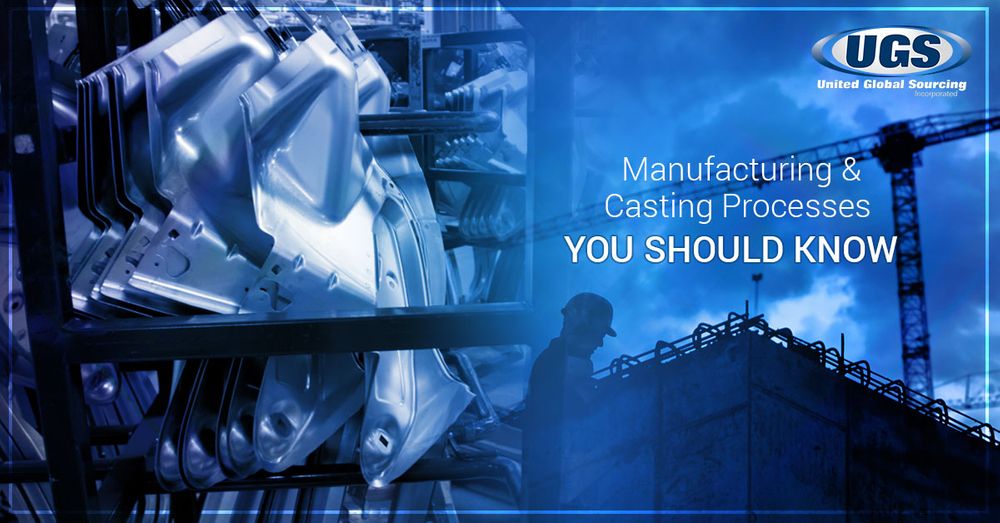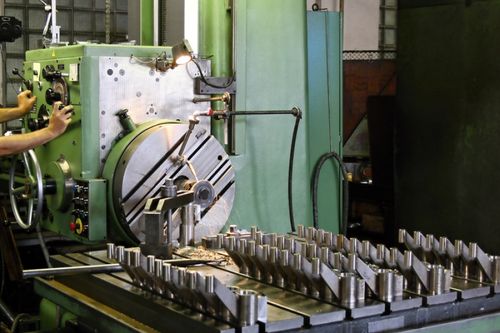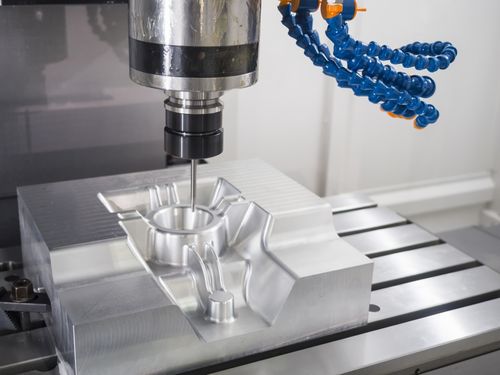When a manufacturing company begins the production of a new product, they have a choice as to what kind of manufacturing process they’d like to use. Oftentimes, the process that is chosen will depend on the facility, staff, and the various information systems that are available. Converting raw materials into marketable and saleable products is the backbone of our industrialized nation, so it’s important to understand the differences between the various manufacturing processes that are available. In this blog, we’ll take a closer look at the casting process, and the various forms that are available.
If you’re looking for an industrial manufacturer to assist you with with creating a consumer product or idea, United Global Sourcing can help. Unlike most companies who will simply connect you with a manufacturer, only to disappear down the line, we maintain constant and frequent communication with all of our clients. When you work with our team, we’ll maintain a 24-hour communication cycle with you, that allows us to quickly and efficiently identify issues early on in the assembly process. We can help you find the best industrial manufacturing company for your needs and budget. Contact our team today or get a free quote online.



